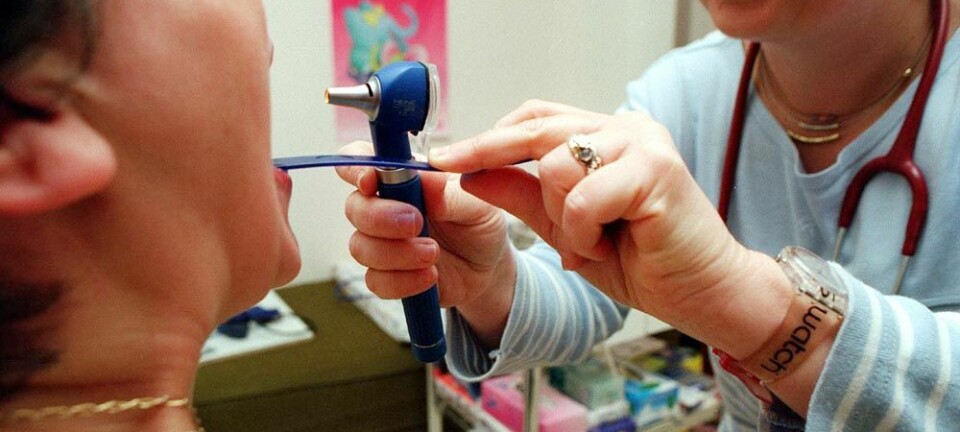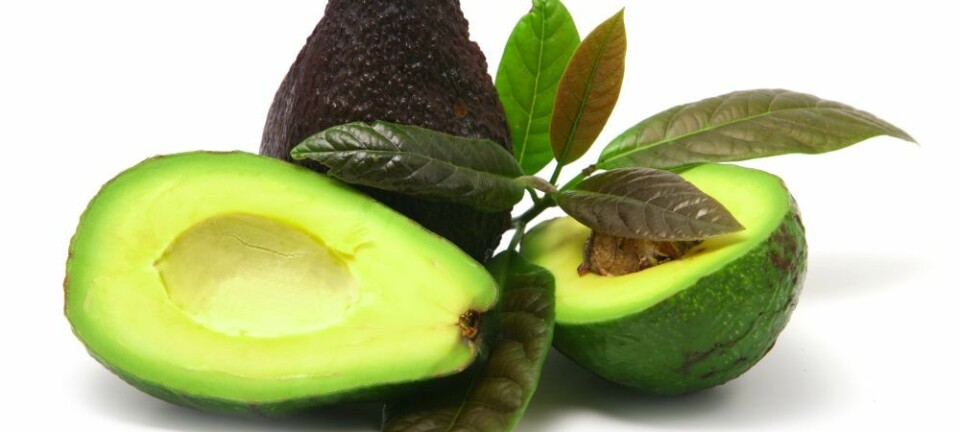An article from Norwegian SciTech News at SINTEF
On the hunt for new antibiotics
An increasing number of life-threatening bacteria are becoming multi-resistant. Scientists from Norway and Denmark have united in their mission to outsmart the pathogens.
Denne artikkelen er over ti år gammel og kan inneholde utdatert informasjon.
Bacteria that have become multiresistant – i.e. resistant to more than one existing type of antibiotic – are regarded as one of the most serious risks to health in the world today.
The latest bad news is that multiresistance is spreading rapidly through the group known as Gram-negative bacteria (see Fact-box).
This large family, to which Escherichia coli belongs, includes resistant strains of several microbial species that are capable of producing severe chronic infections.
Blood poisoning (sepsis) and the state of shock which may follow sepsis (septic shock), which are caused by such infections, account for some 135,000 deaths in Europe and 215,000 in the USA.
As one facet of the struggle to overcome these resistant bacteria, the Danish company Xellia Pharmaceuticals, SINTEF and Statens Serum Institut in Denmark aim to develop new, improved antibiotics via a research programme financially supported by the Research Council of Norway.
“Many lives will be saved if we succeed,” says Grethe Evensen, Principal research scientist at Xellia.
Help from soil bacteria
Antibiotics are chemical compounds that in particular are produced by soil bacteria. In nature, microbes use such chemicals when they are fighting other microorganisms for survival and access to nutrition.
The soil bacterium Paenibacillus polymyxa also plays the leading role in the four-year Norwegian-Danish project.
For 70 years, this species has served society by providing us with a wide range of chemical substances known as polymyxins – one of two types of antibiotic that still work on multiresistant bacteria from the Gram-negative family.
However, polymyxins have side-effects, in that they affect kidney function, which means that they are far from ideal as a long-term treatment of chronic infections.
The members of the project hope, among other things, that they will be able to develop new antibiotics, with fewer side-effects from these faithful bacteria. They will also be studying what other substances with antibiotic effects they can persuade them to produce.
Efficient and sensitive equipment
One of the challenges involved concerns triggering the production of new substances in the bacteria, while another centres on characterising these.
In the project, SINTEF uses robotized instruments that allow bacteria to be cultivated under a wide range of conditions, with the aim of provoking the production of new antibiotic substances.
Research Director Håvard Sletta at SINTEF Materials and Chemistry explains that a single instrument set-up is capable of analysing several thousand samples very rapidly, in order to measure the ability of the substances to kill resistant bacteria. SINTEF also has advanced equipment that identifies the unique chemical “fingerprint” of substances that the scientists wish to examine in detail.
“This combination of automated methods and advanced analytical instruments makes our research highly efficient,” says Sletta.
Strong faith in success
Xellia’s Grethe Evensen says that the aim of the project is to develop at least one new antibiotic. However, she emphasises that since this is a research project, it is not given in advance that their efforts will be successful.
What do you think are the chances of reaching your goal?
"As the world’s biggest producer of polymyxins, we have both the experience and capacity needed to develop similar but new antibiotics with fewer side-effects," Evensen says
"We have partners who are specialists in fermentation development, advanced analytical methods and pharmaceutical testing, and we ourselves have solid experience in the development of pharmaceuticals."
"We therefore have a strong belief that the work we have started will be successful," she emphasises.
We'll keep our fingers crossed.
------------
Read the Norwegian version of this article at forskning.no


































